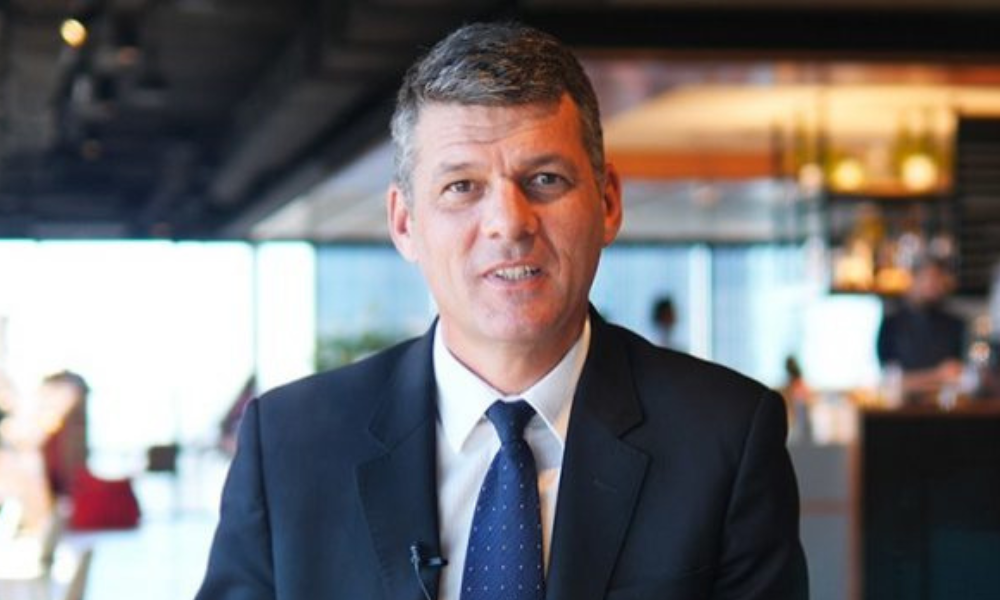Gradual recovery expected, but external risks could slow momentum

Australia’s economic growth outlook is improving, though external risks could dampen momentum in the months ahead, according to the latest Westpac-Melbourne Institute Leading Index.
The six-month annualised growth rate in the index, which forecasts economic activity relative to trend over the next three to nine months, rose to 0.8% in February, up from 0.6% in January. While the data signals a continued improvement, Westpac does not anticipate a sharp acceleration in growth.
“The above-trend growth pulse has continued to firm a little but remains consistent with a gradual recovery rather than a sudden surge,” said Matthew Hassan (pictured above), head of Australian macro-forecasting at Westpac.
The latest Westpac-Melbourne Institute Leading Index projects GDP growth to reach 2.2% by the end of 2025, an improvement from 1.3% in 2024 but still below the historical average of 2.5-3%.
The index’s rise from -0.33% in August 2023 to 0.80% in February has been driven by a combination of higher commodity prices, a wider yield spread, and improving consumer expectations for both the labour market and the broader economy.
Commodity prices, measured in Australian dollar terms, contributed the most to the gain, though much of this was due to the currency’s depreciation against the US dollar. However, Hassan warned that much of the gain reflects a firming in commodity prices and a lower Australian dollar that “may now be largely behind us.”
At the same time, external pressures are mounting. The S&P/ASX200 index fell 4.2% in February, largely due to global market sell-offs following US tariff increases. The decline continued into March, with the index dropping another 4% in the first half of the month.
“With more tariff measures expected in the months ahead and the full extent of the shock to financial markets, sentiment and activity yet to appear, these developments are likely to become a more significant dampener on the growth pulse in Australia,” Hassan said.
Domestically, economic conditions remain more stable. Consumer expectations, dwelling approvals, and aggregate hours worked have provided some support to overall economic activity, with tax cuts and the Reserve Bank of Australia’s February rate cut lifting consumer sentiment.
The RBA’s reconstituted Monetary Policy Board will meet on March 31-April 1, with Westpac expecting the cash rate to remain unchanged. While the RBA has indicated that further cuts are not automatic, Westpac predicts easing inflation will give the central bank room to lower rates again, with the next cut expected in May.
“The latest Leading Index shows the Australian economy is continuing to see a gradual lift in momentum,” Hassan said, though he cautioned that external risks could weigh on growth in the months ahead.
Want to be regularly updated with mortgage news and features? Get exclusive interviews, breaking news, and industry events in your inbox – subscribe to our FREE daily newsletter. You can also follow us on Facebook, X (formerly Twitter), and LinkedIn.



